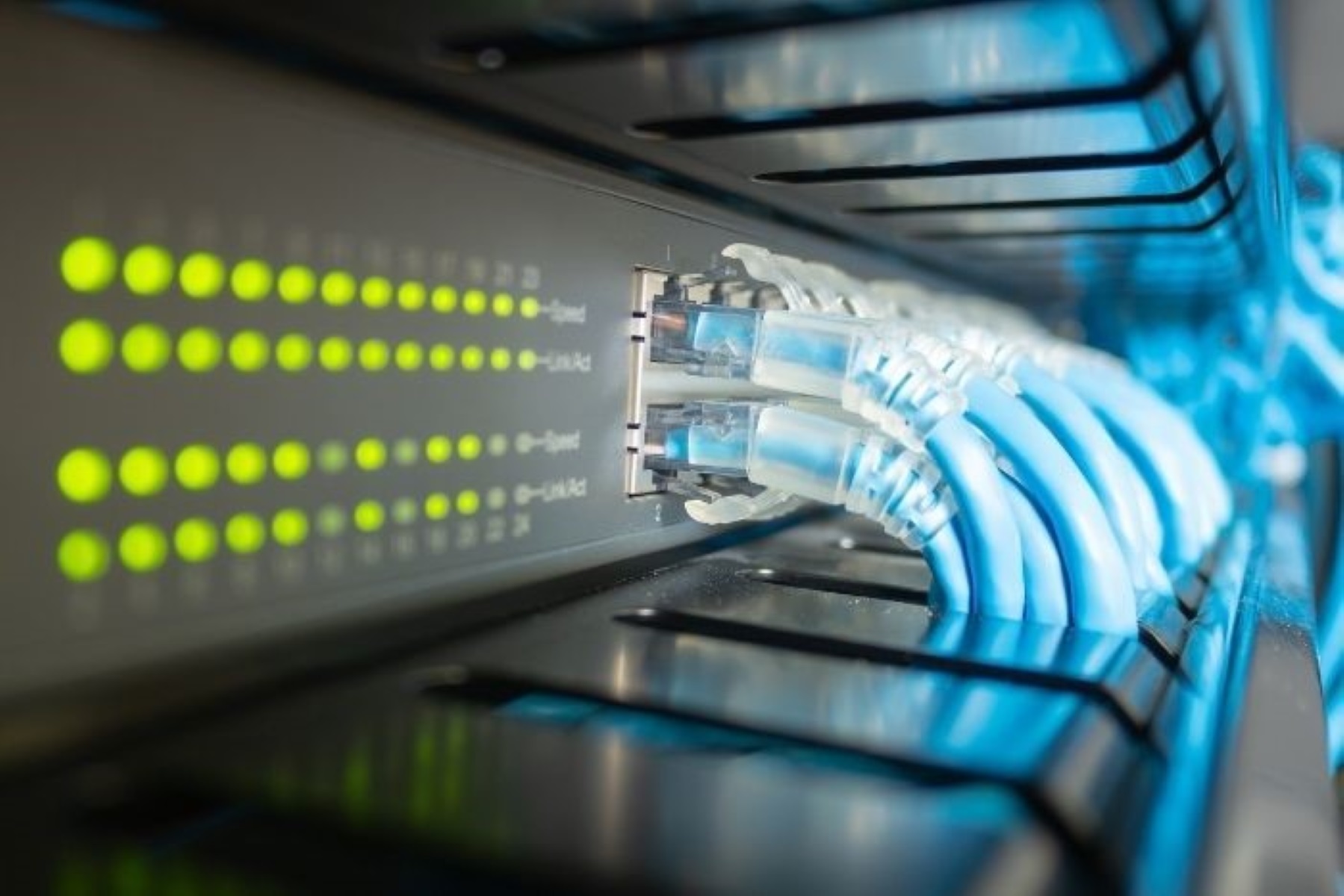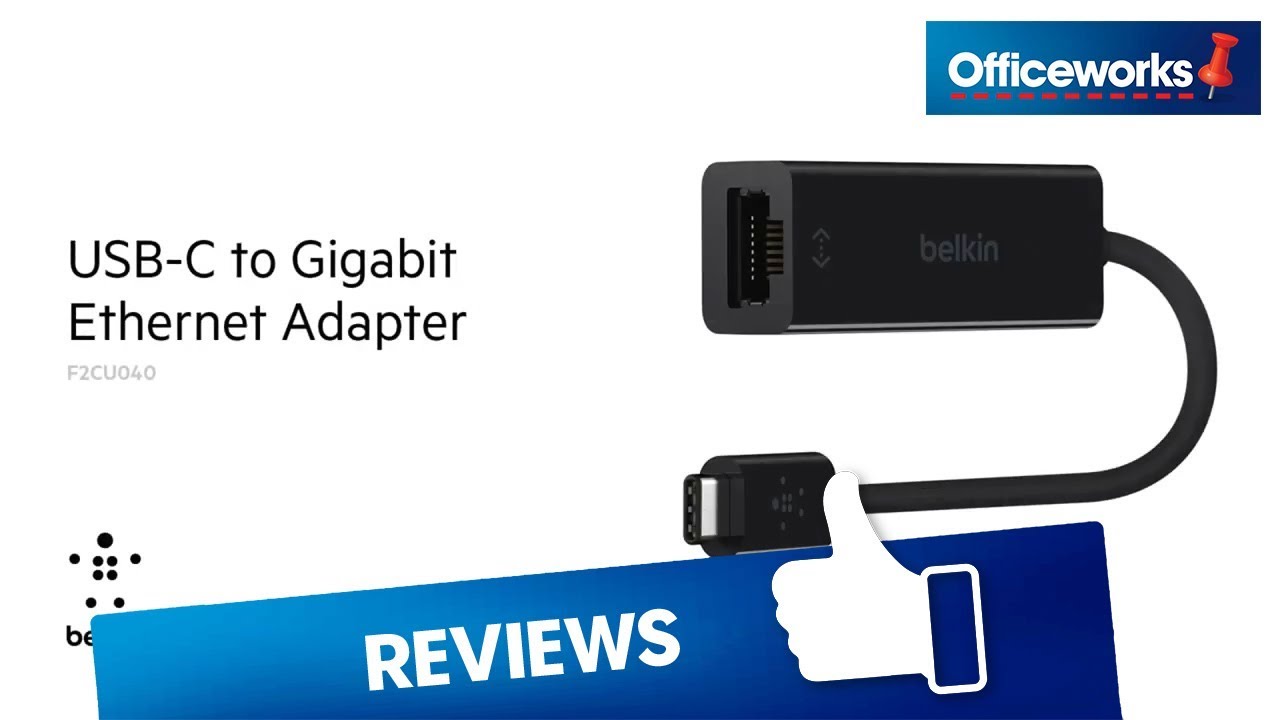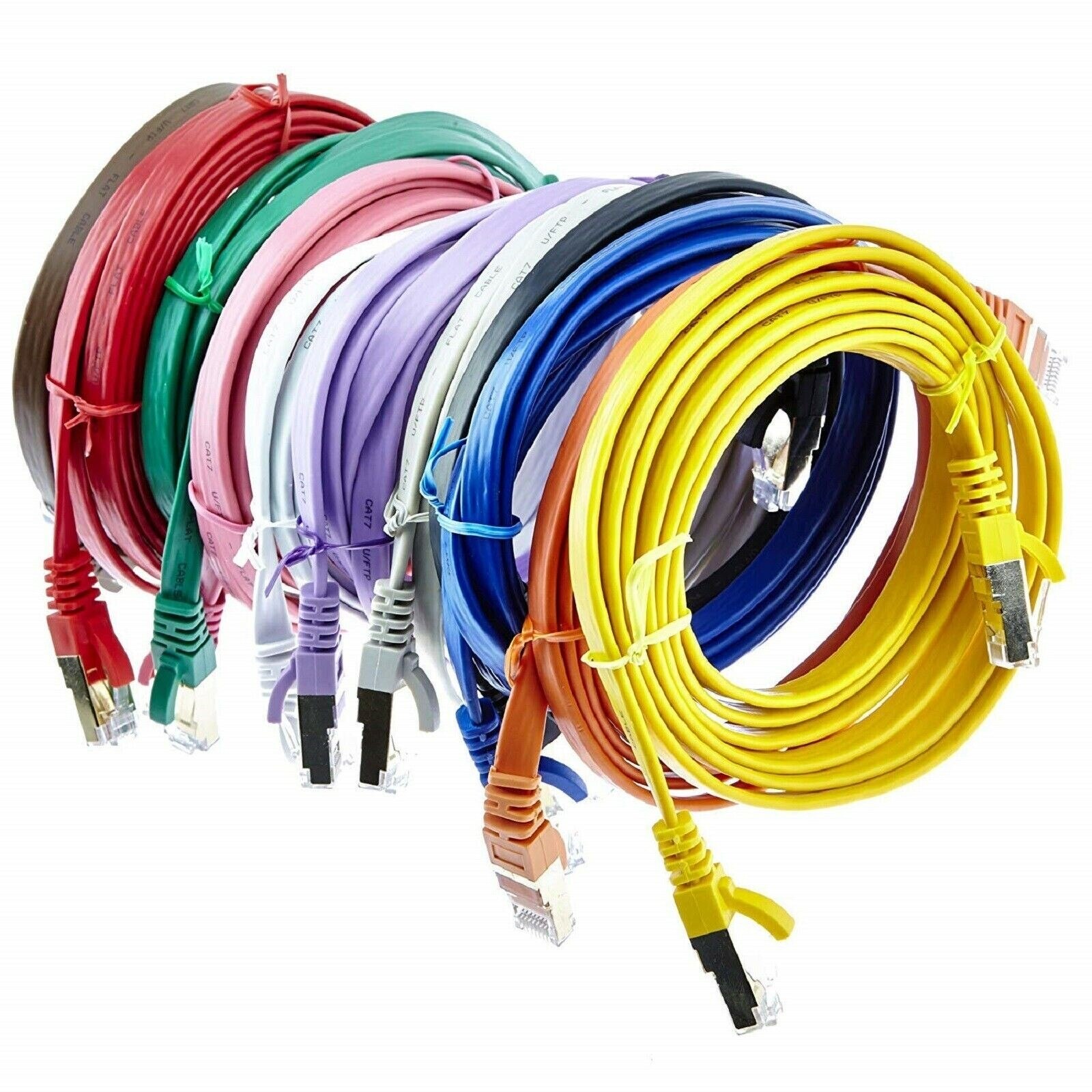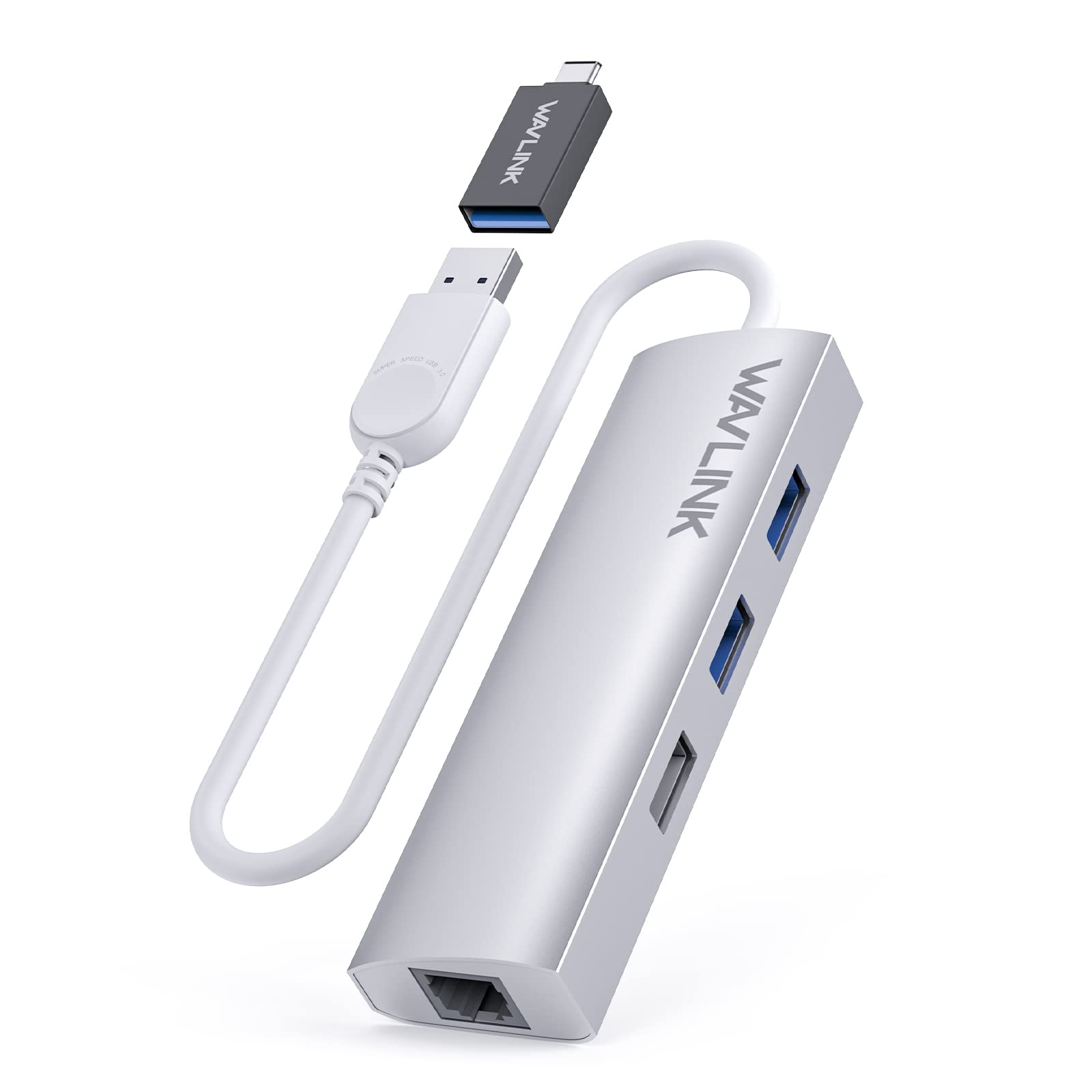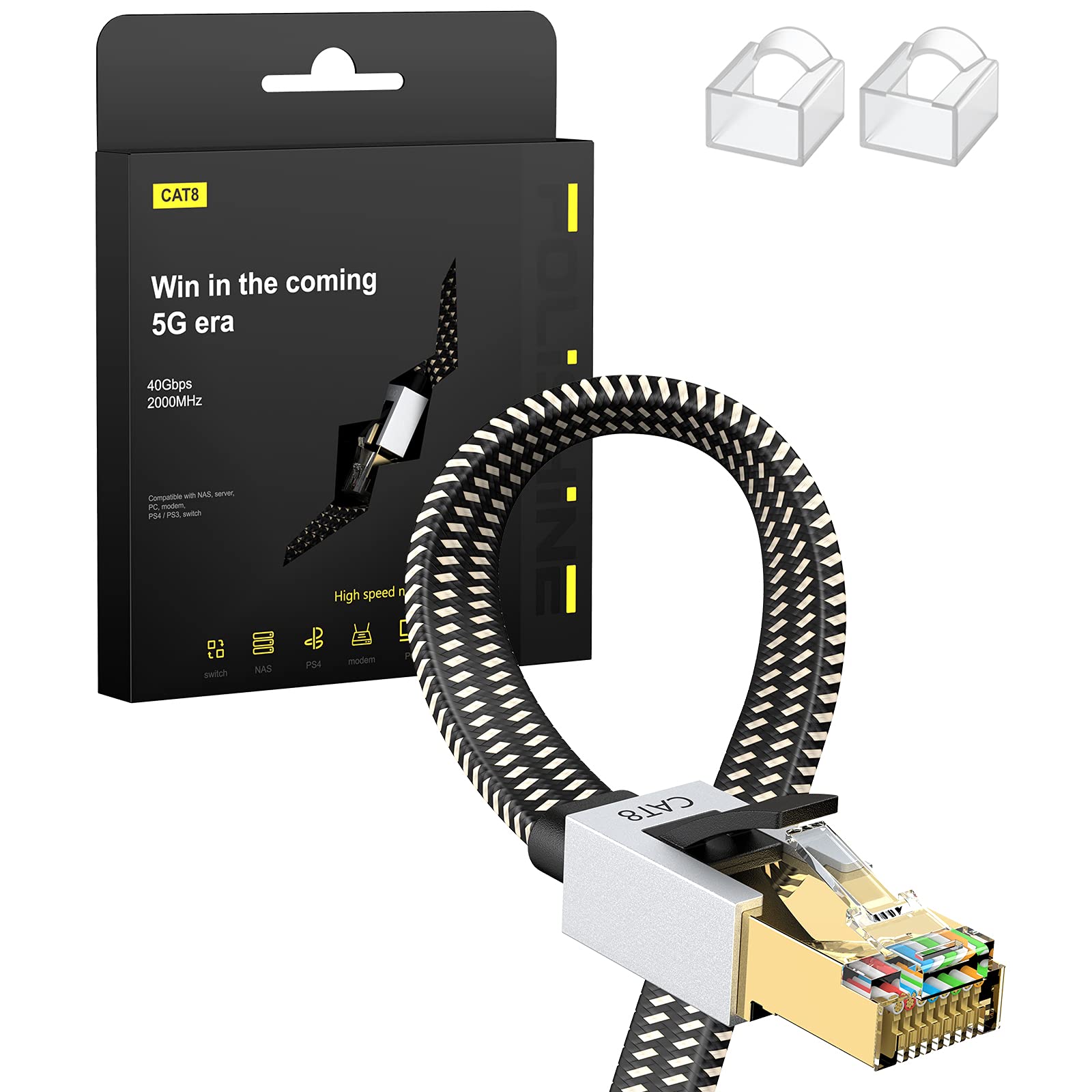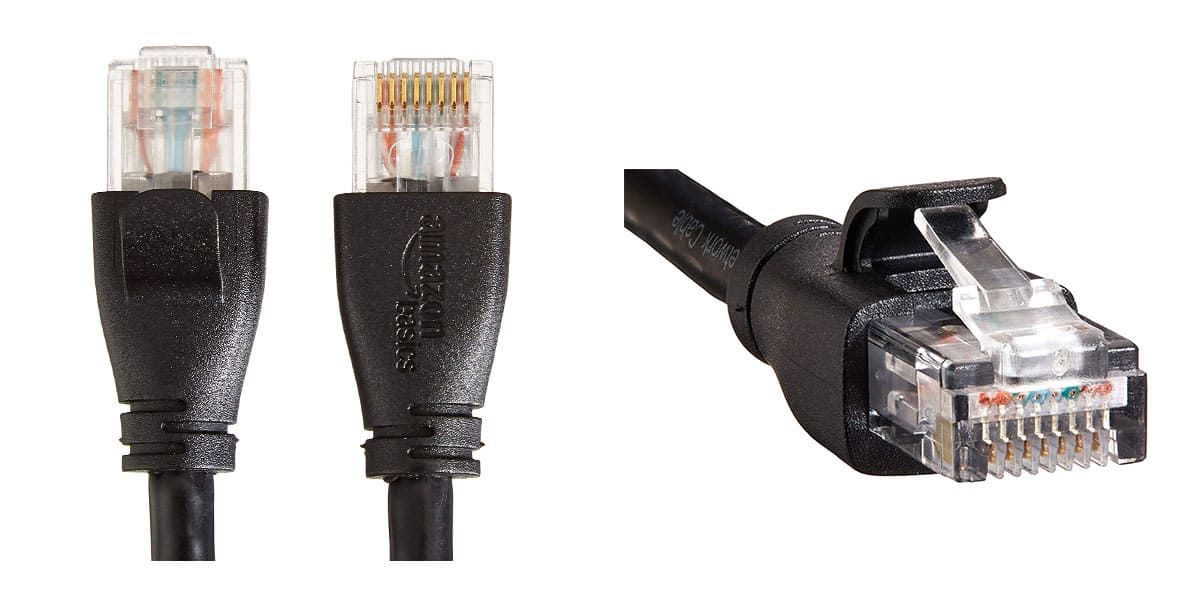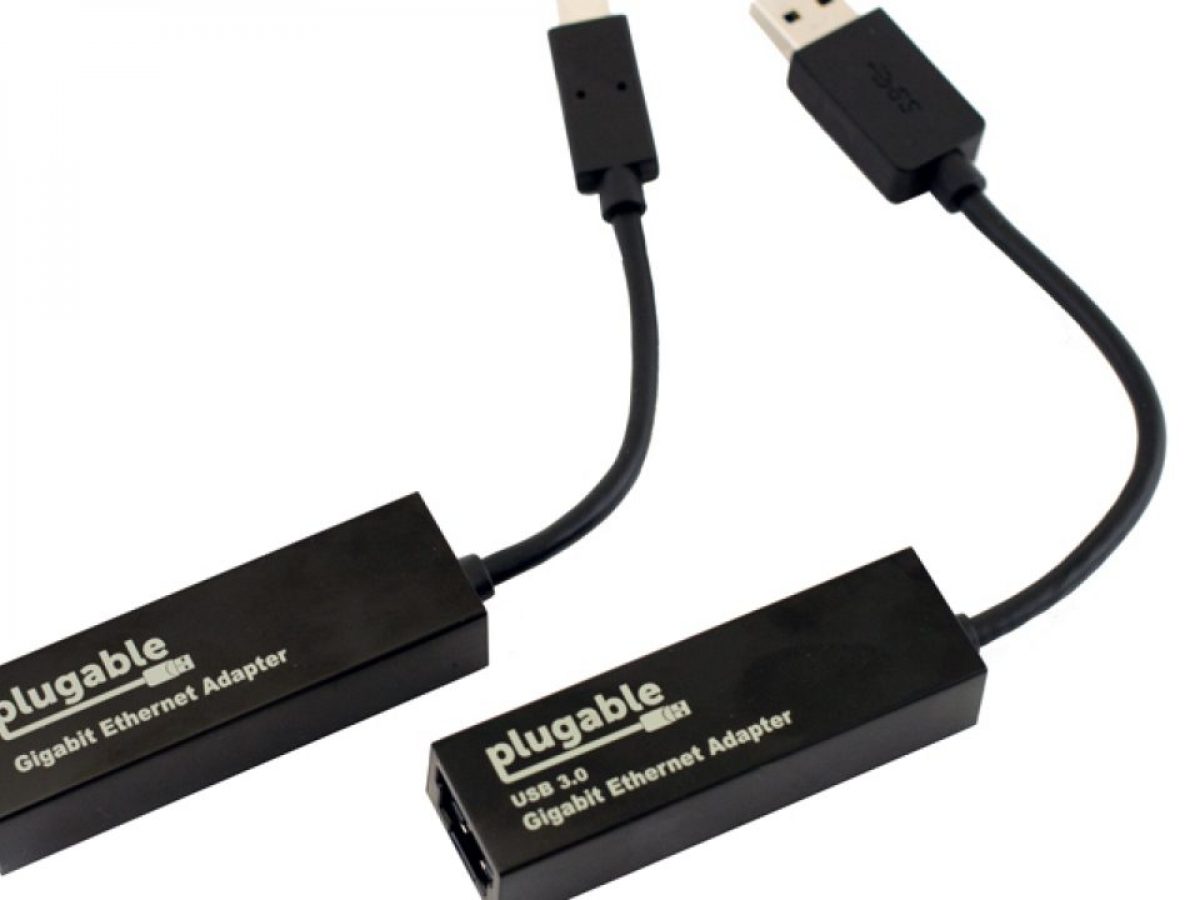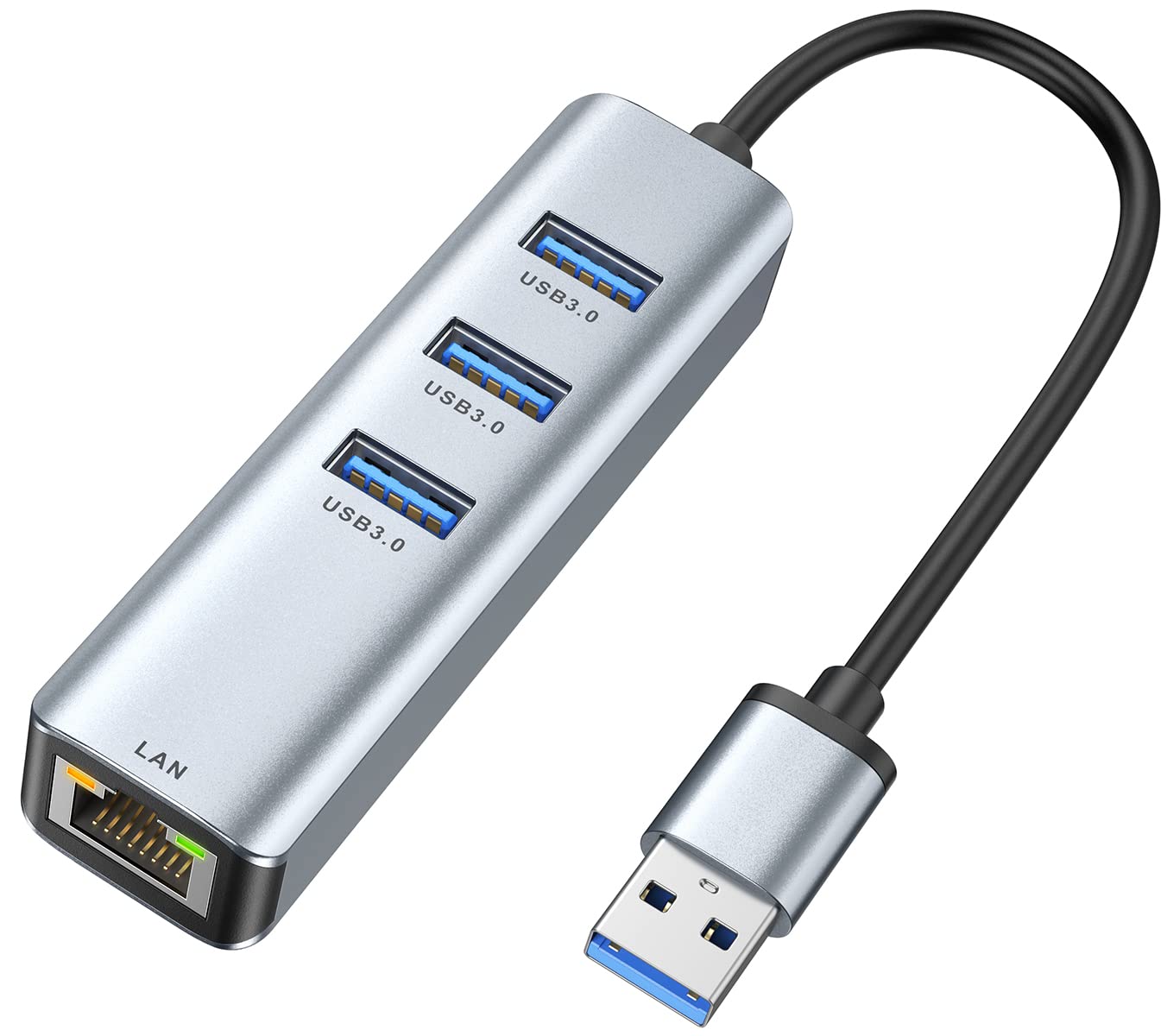Introduction
Welcome to the world of Fast Ethernet, where speed and efficiency reign supreme. In today’s technologically advanced era, the need for faster data transfer speeds has become paramount, and Fast Ethernet delivers just that. Whether you’re a tech enthusiast, a business owner, or simply someone curious about the workings of computer networks, understanding what Fast Ethernet is and how it functions is essential.
Fast Ethernet is an Ethernet standard that was introduced in the 1990s as an upgrade to the traditional Ethernet. It provides faster data transmission rates, allowing for quicker and more efficient communication between devices on a network. The development of Fast Ethernet came as a response to the increasing demand for speed and bandwidth in the rapidly evolving digital landscape.
With Fast Ethernet, data can be transferred at a rate of up to 100 megabits per second (Mbps). This significant increase in speed compared to the original Ethernet standard, which operated at 10 Mbps, revolutionized the way data was transmitted and paved the way for even faster network technologies in the future.
The compatibility of Fast Ethernet with existing Ethernet infrastructure makes it an attractive option for network upgrades. It is designed to work seamlessly with standard Ethernet networks, allowing for a smooth transition while providing a substantial boost in performance. This backward compatibility feature has contributed to the widespread adoption of Fast Ethernet across various industries and sectors.
Fast Ethernet employs a variety of technologies and protocols to achieve high-speed data transmission. One of the key components is the use of twisted-pair copper cables or fiber-optic cables, which enable the transmission of data signals over long distances without significant loss or interference. Additionally, Fast Ethernet utilizes advanced modulation techniques and robust error-correction algorithms to ensure reliable and accurate data transmission.
Overall, the introduction of Fast Ethernet revolutionized the field of network communication by providing faster speeds and improved performance. It has become an indispensable technology in today’s interconnected world, facilitating seamless data transfer and enabling efficient collaboration among devices and users.
What Is Fast Ethernet?
Fast Ethernet is an Ethernet standard that was introduced in the 1990s as an upgrade to the original Ethernet protocol. It is designed to provide faster data transfer rates, making it ideal for high-bandwidth applications and networks that require rapid communication between devices.
At its core, Fast Ethernet operates on the same fundamental principles as traditional Ethernet. It uses a combination of hardware and software protocols to enable devices to communicate with each other over a shared network medium. This allows for the transmission and reception of data packets between devices, facilitating seamless information exchange.
One of the defining features of Fast Ethernet is its transmission speed. While the original Ethernet standard operated at 10 megabits per second (Mbps), Fast Ethernet offers ten times that speed, with data transmission rates of up to 100 Mbps. This substantial increase in speed significantly improves the efficiency of data transfer and reduces network congestion, allowing for smoother communication within the network.
To achieve this level of speed, Fast Ethernet employs advanced modulation techniques and error-correction algorithms. These technologies enable the data to be transmitted in a more reliable and accurate manner, reducing the occurrence of transmission errors and improving overall data integrity.
Fast Ethernet supports both twisted-pair copper cables and fiber-optic cables as the transmission medium. Most commonly, it utilizes Category 5 or higher twisted-pair copper cables, which are cost-effective and readily available. In cases where longer distances need to be covered or where greater signal integrity is required, fiber-optic cables offer the advantage of higher bandwidth and immunity to electromagnetic interference.
Fast Ethernet is characterized by its backward compatibility with the original Ethernet standard. This means that existing Ethernet networks can be easily upgraded to Fast Ethernet without the need for extensive infrastructure changes. This compatibility makes the transition to Fast Ethernet more cost-effective and convenient for organizations looking to enhance their network performance.
Overall, Fast Ethernet has played a crucial role in revolutionizing network communication. Its faster data transfer rates and improved efficiency have paved the way for more advanced network technologies. Today, Fast Ethernet continues to be widely used in various industries and applications, enabling seamless and high-speed communication within networks of all scales.
How Fast Is Fast Ethernet?
Fast Ethernet, as the name suggests, offers significantly faster data transfer speeds compared to the original Ethernet standard. It operates at a maximum speed of 100 megabits per second (Mbps), which is ten times faster than the 10 Mbps speed of traditional Ethernet.
With a transmission rate of 100 Mbps, Fast Ethernet provides a substantial boost in network performance. This increased speed allows for the rapid exchange of data between devices connected to the network, resulting in quicker response times and enhanced overall efficiency.
To put it into context, the speed of Fast Ethernet can be compared to the time it takes to transfer data. For example, a 1-megabyte file can be transmitted in just 8 seconds, compared to 80 seconds with the original Ethernet standard. This dramatic decrease in transfer time is especially beneficial when dealing with large files or when multiple devices are simultaneously accessing and sharing data.
It’s important to note that the actual speed achieved in a Fast Ethernet network can vary depending on various factors. Network congestion, the quality of the cables and related hardware, and the distance between devices can all impact the speed of data transmission.
Fast Ethernet supports two main types of cable: twisted-pair copper cables and fiber-optic cables. In most cases, Fast Ethernet operates using Category 5 or higher twisted-pair copper cables, which can transmit data reliably at speeds of up to 100 Mbps over distances of up to 100 meters.
When it comes to fiber-optic cables, Fast Ethernet can achieve even greater speeds and longer distances. With multimode fiber-optic cables, Fast Ethernet can achieve speeds of up to 100 Mbps over distances of up to 2 kilometers. With single-mode fiber-optic cables, the transmission speed can be increased to 1000 Mbps (also known as Gigabit Ethernet) over distances of up to 40 kilometers.
In summary, Fast Ethernet operates at a maximum speed of 100 Mbps, providing a considerable improvement over traditional Ethernet. This increased speed enables faster and more efficient data transfer between devices, making it an ideal choice for applications that require high bandwidth and real-time communication.
Comparison with Other Ethernet Standards
Fast Ethernet, with its impressive speed of 100 megabits per second (Mbps), was a significant advancement in network communication when it was introduced. However, as technology continued to evolve, even faster Ethernet standards emerged, including Gigabit Ethernet and 10 Gigabit Ethernet.
Gigabit Ethernet, also known as 1000BASE-T, offers data transmission speeds up to 1000 Mbps, or 1 gigabit per second (Gbps). This is 10 times faster than Fast Ethernet, allowing for even faster data transfer and improved network performance. Gigabit Ethernet is commonly used in environments that require high-speed data transfer, such as data centers, multimedia streaming, and video conferencing.
10 Gigabit Ethernet, or 10GBASE-T, takes the speed game to a whole new level. It operates at a staggering 10 gigabits per second (10 Gbps), providing a significant boost in performance compared to Gigabit Ethernet. This high-speed standard is commonly used in data centers, enterprise networks, and other bandwidth-intensive applications that require ultra-fast data transfer rates.
So, how does Fast Ethernet compare to these newer Ethernet standards? While Fast Ethernet is slower than Gigabit Ethernet and 10 Gigabit Ethernet, it still offers a viable solution for many network scenarios. It remains a cost-effective option for networks that don’t require the extreme speeds provided by the newer standards.
One of the key advantages of Fast Ethernet is its compatibility with existing Ethernet infrastructure. Upgrading from traditional Ethernet to Fast Ethernet is relatively straightforward, as it is designed to work seamlessly with standard Ethernet networks. This compatibility makes the transition to Fast Ethernet more convenient and cost-effective for organizations.
In terms of practical speed, Gigabit Ethernet is the preferred choice for most modern networks, as it provides ample bandwidth for general networking needs. However, Fast Ethernet can still be suitable for smaller networks or specific applications with lower bandwidth requirements.
Another consideration when comparing Ethernet standards is the cost. Fast Ethernet components, such as switches and network interface cards, are generally more affordable compared to Gigabit Ethernet or 10 Gigabit Ethernet counterparts. This makes Fast Ethernet an attractive choice for budget-conscious organizations or scenarios where high-speed data transfer is not a critical factor.
In summary, while Fast Ethernet falls behind Gigabit Ethernet and 10 Gigabit Ethernet in terms of data transfer speeds, it still offers a reliable and cost-effective solution for many network environments. Understanding the specific bandwidth requirements and budget constraints of your network will help determine which Ethernet standard is the most suitable for your needs.
Advantages of Fast Ethernet
Fast Ethernet offers numerous advantages that have contributed to its widespread adoption across various industries and applications. Its faster data transfer speeds and compatibility with existing Ethernet infrastructure make it an attractive choice for organizations looking to enhance their network performance. Let’s explore some of the key advantages of Fast Ethernet:
1. Increased Speed: The primary advantage of Fast Ethernet is its enhanced speed compared to traditional Ethernet. With data transmission rates of up to 100 megabits per second (Mbps), Fast Ethernet enables quicker and more efficient communication between devices, resulting in faster data transfers and reduced latency.
2. Compatibility: Fast Ethernet is designed to be backward compatible with existing Ethernet networks. This means that organizations can upgrade their networks to Fast Ethernet without the need for extensive infrastructure changes. This compatibility allows for a seamless transition and makes it cost-effective for organizations to improve their network performance.
3. Cost-Effective: Fast Ethernet offers a cost-effective solution for networks that don’t require the extreme speeds of newer Ethernet standards. The components, such as switches and network interface cards, are generally more affordable compared to Gigabit Ethernet or 10 Gigabit Ethernet equivalents. This affordability makes Fast Ethernet a practical choice for small and medium-sized businesses or scenarios with lower bandwidth requirements.
4. Reliability: Fast Ethernet utilizes advanced modulation techniques and error-correction algorithms to ensure reliable and accurate data transmission. This results in improved data integrity and reduced transmission errors, leading to a more stable and dependable network connection.
5. Wide Availability: Fast Ethernet has been widely adopted and implemented in various industries and sectors. This widespread usage means that it is supported by a broad range of networking equipment, including switches, routers, and network interface cards. This availability makes it easier for organizations to find compatible hardware and ensures a smooth integration into their existing network infrastructure.
6. Scalability: Fast Ethernet offers scalability options for expanding network needs. Organizations can implement Fast Ethernet technology to support additional devices, such as computers, servers, printers, and IP phones, without sacrificing performance. This scalability allows businesses to scale their networks according to their evolving requirements while maintaining high-speed connectivity.
7. Backbone Connectivity: Fast Ethernet can serve as a cost-effective option for backbone connectivity, linking different network segments together. By using Fast Ethernet for backbone connections, organizations can ensure efficient data transfer and seamless communication between different departments or locations within their network.
Overall, the advantages of Fast Ethernet, including increased speed, compatibility, cost-effectiveness, reliability, wide availability, scalability, and backbone connectivity, make it a highly viable and practical choice for enhancing network performance in a variety of settings.
Common Applications of Fast Ethernet
Fast Ethernet, with its improved speed and efficiency, finds a wide array of applications across different industries and environments. Its ability to facilitate quick and reliable data transfer makes it an ideal choice for various networking scenarios. Let’s explore some of the common applications of Fast Ethernet:
1. Business Networks: Fast Ethernet is extensively used in business networks of all sizes. It provides the necessary speed and bandwidth for seamless data transfer, allowing employees to access shared resources, collaborate on projects, and communicate efficiently. Fast Ethernet is particularly valuable in environments where file sharing, video conferencing, or cloud-based applications are heavily relied upon.
2. Education Institutions: Schools, colleges, and universities utilize Fast Ethernet to support their networking needs. Whether it is for providing internet access to students and faculty, connecting computer labs and classrooms, or enabling seamless communication between different departments, Fast Ethernet ensures efficient and reliable connectivity in educational settings.
3. Healthcare Facilities: Fast Ethernet plays a crucial role in healthcare facilities, where quick and secure transmission of critical patient data, such as electronic medical records and diagnostic images, is of utmost importance. It enables the seamless sharing of data between departments, such as hospitals, clinics, laboratories, and pharmacies, improving patient care outcomes and streamlining administrative processes.
4. Media and Entertainment: Fast Ethernet is widely adopted in the media and entertainment industry to support high-speed data transfer during content creation, multimedia production, and broadcast operations. Whether it’s transferring large video files, facilitating video editing workflows, or enabling live streaming, Fast Ethernet provides the necessary bandwidth and reliability for delivering high-quality media content.
5. Small Office/Home Office (SOHO) Networks: Fast Ethernet is a popular choice for small office/home office setups. It offers the necessary speed and connectivity for small businesses and remote workers to access shared resources, connect multiple devices, and maintain efficient communication. Fast Ethernet routers and switches are commonly used in SOHO networks to establish secure and reliable connections.
6. Hospitality/Hotels: Fast Ethernet is deployed in hotels and hospitality establishments to provide reliable and high-speed internet access to guests. It enables seamless connectivity for guests’ devices, supports streaming services, and facilitates secure transactions for online bookings and payments.
7. Industrial and Manufacturing: Fast Ethernet is used in industrial and manufacturing settings to facilitate machine-to-machine communication, monitor production processes, and enhance automation systems. Fast Ethernet connections provide real-time access to data and control systems, enabling timely decision-making and improving operational efficiency.
8. Government and Public Sector: Fast Ethernet is employed in government organizations and public sector entities to ensure smooth functioning of internal networks, facilitate secure data transfer, and support various e-government initiatives. It aids in efficient communication between government offices, enhances public service delivery, and supports the implementation of smart city solutions.
These are just a few examples of the common applications of Fast Ethernet. Its speed, reliability, and compatibility make it an integral component of modern networks in numerous industries, enabling efficient data transfer and seamless communication.
Future of Fast Ethernet
As technology continues to advance, the future of Fast Ethernet is evolving to meet the growing demands of faster and more efficient data transfer. While newer Ethernet standards such as Gigabit Ethernet and 10 Gigabit Ethernet have gained prominence, Fast Ethernet continues to be a viable and cost-effective option in certain networking scenarios. Here are some insights into the future of Fast Ethernet:
1. Transition to Higher Speeds: With the increasing demand for higher bandwidth, Fast Ethernet is gradually giving way to Gigabit Ethernet as the new standard for most network applications. Gigabit Ethernet, with its data transmission rate of 1 gigabit per second (Gbps), offers even faster and more efficient connectivity, making it the preferred choice for modern networks. However, Fast Ethernet will still exist as networks continue to evolve, and there will be ongoing support and maintenance for existing Fast Ethernet infrastructure.
2. Legacy System Support: Due to its compatibility with existing Ethernet infrastructure, Fast Ethernet will continue to provide support for legacy systems and devices. Many organizations have already invested in Fast Ethernet network components, and upgrading to newer standards may not be immediately practical or cost-effective. Therefore, the future of Fast Ethernet lies in its ability to coexist with newer technologies and provide connectivity for legacy systems.
3. Embedded Systems and IoT: The Internet of Things (IoT) and the proliferation of embedded systems present new opportunities for Fast Ethernet. Many IoT devices and embedded systems do not require the immense bandwidth provided by Gigabit Ethernet or 10 Gigabit Ethernet. Fast Ethernet’s lower cost and compatibility make it a suitable choice for connecting these devices, allowing for seamless integration into IoT networks and smart systems.
4. Industrial Applications: Fast Ethernet will continue to play a significant role in industrial applications and automation systems. The real-time data transfer provided by Fast Ethernet is crucial for industrial control systems, machine-to-machine communication, and process automation. The reliability, flexibility, and cost-effectiveness of Fast Ethernet make it an ideal choice for connecting sensors, actuators, and other devices in industrial environments.
5. Wireless Connectivity: As wireless technology continues to advance, the need for high-speed wired connections may diminish in certain applications. However, Fast Ethernet will still have relevance in scenarios where wired connections are necessary for stable and secure communication. It will provide the connectivity backbone for wireless access points, enabling reliable and high-speed data transfer between devices and the network infrastructure.
6. Ethernet over Coaxial Cable: Another area where Fast Ethernet may find future applications is in Ethernet over coaxial cable solutions. Coaxial cables are commonly used in cable television and broadband internet distribution. Fast Ethernet over coaxial cable technologies can leverage the existing infrastructure, enabling high-speed data transmission without the need for expensive rewiring. This can provide a cost-effective solution for extending Ethernet connectivity in residential and commercial buildings.
In summary, while the dominance of Fast Ethernet is being gradually superseded by faster and more advanced Ethernet standards, it will continue to have a place in network infrastructure for legacy systems and specific applications. Its compatibility, reliability, and cost-effectiveness make it well-suited for certain use cases, ensuring its relevance and usefulness in the foreseeable future.
Conclusion
Fast Ethernet has played a significant role in revolutionizing network communication, offering faster data transfer speeds and improved performance compared to traditional Ethernet. With data transmission rates of up to 100 megabits per second (Mbps), Fast Ethernet has become a vital technology in a wide range of industries and applications.
The advantages of Fast Ethernet are evident, from its increased speed and compatibility with existing Ethernet infrastructure to its cost-effectiveness and reliability. It has found its place in business networks, education institutions, healthcare facilities, media and entertainment industries, small office/home office setups, hospitality establishments, and government organizations.
While newer Ethernet standards, such as Gigabit Ethernet and 10 Gigabit Ethernet, have gained prominence, Fast Ethernet remains relevant in certain networking scenarios. Its compatibility with legacy systems and devices, along with its support in industrial applications and embedded systems, ensures its continued usage in various industries.
Looking to the future, the transition to higher speeds, the support of legacy systems, the integration with IoT and embedded systems, the focus on industrial applications, the role in providing wired connectivity for wireless networks, and the utilization of Ethernet over coaxial cable solutions are all areas where Fast Ethernet is expected to continue making an impact.
In conclusion, while Fast Ethernet may not be the fastest Ethernet standard available today, its advantages, including its speed, compatibility, cost-effectiveness, and reliability, make it a practical choice for many network environments. As technology continues to evolve, Fast Ethernet will continue to adapt and find its niche, delivering efficient and seamless network connectivity for years to come.







